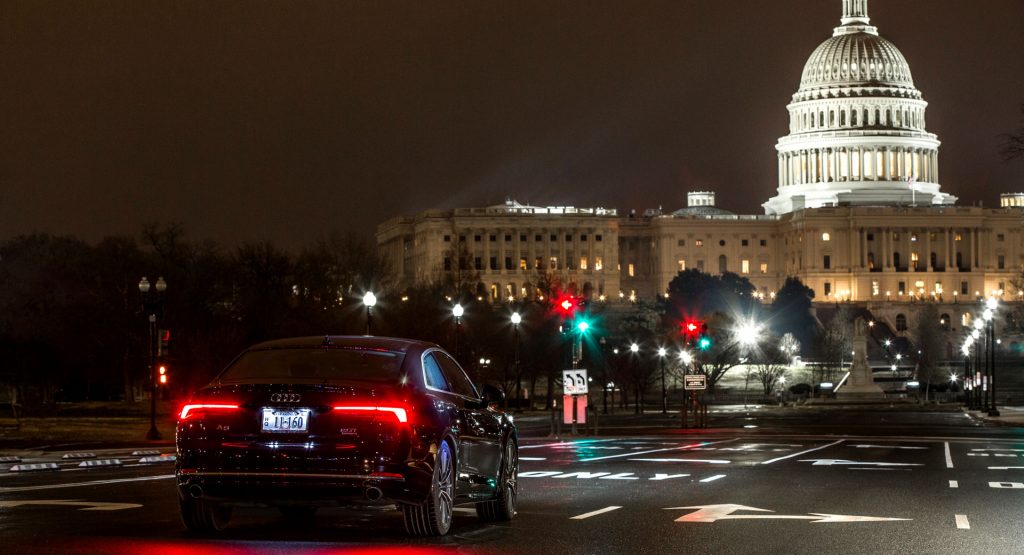Stricter fuel economy rules for automakers have been set out by the US government, which will see a rise in average fleet fuel economy to approximately 49 mpg by 2026.
The U.S. Department of Transportation’s NHTSA finalized the standards on March 31st, which will see fuel economy requirements rise 8 percent for cars and light trucks model years 2024-2025, and 10 percent for model years 2026 and beyond.
Under Obama, a 5 percent improvement in fleet fuel economy was standardized for 2026 model year vehicles, while Trump backpedaled that number to 1.5 percent. The NHTSA says Biden’s rules will decrease gasoline consumption by 220 billion gallons compared to the Trump-era rules, and reduce consumer fuel costs by $192 billion for vehicles sold through 2030.
The hope is that the new standards will drive automakers toward producing more electrified vehicles, and speed up the industry-wide shift to electrification.
Read More: President Biden Aims For 50% Of New Vehicles To Be Electrified In 2030
The new standards come as gas prices have hit record highs worldwide, due in part to Russia’s invasion of Ukraine causing a reduction in supply, as well as rising inflation. President Biden unveiled a plan to increase domestic oil production to ease fuel prices, after banning the importation of Russian oil.
Penalties for automakers have also been increased from $5.50 to $14 per tenth of a mile per gallon, multiplied by the number of models produced that don’t meet the fuel economy regulations for 2019-2021 model years. For 2022 model years, that number firther increases to $15. Automakers argued against the proposed increased penalty in 2016, saying it would add $1 billion to compliance costs annually.
The EPA also recently announced a new, more stringent target for vehicle greenhouse gas emissions for 2023-2026 model years of 161 grams of carbon dioxide per mile. Aspects of the NHTSA and EPA guidelines have been harmonized to allow automakers to use the same strategies to comply with both rules.




